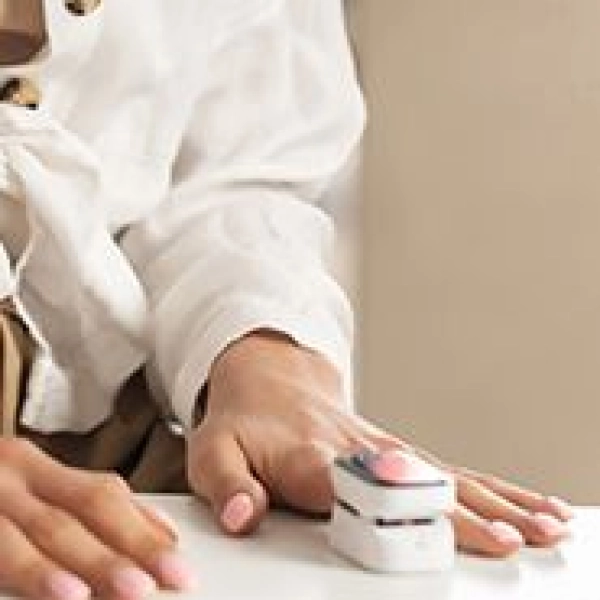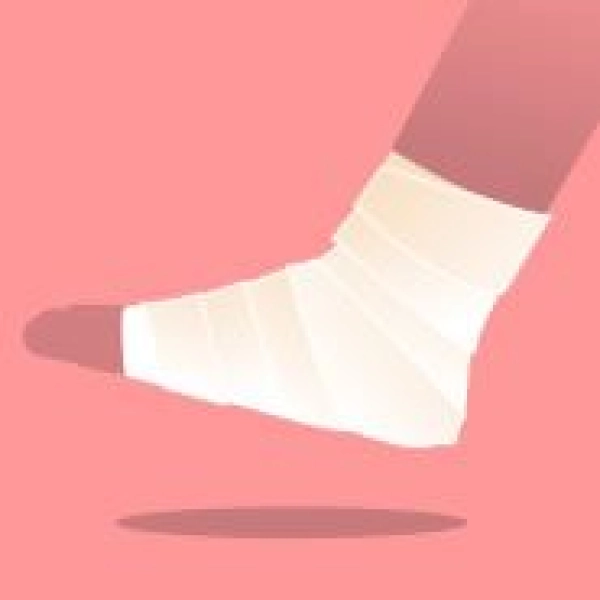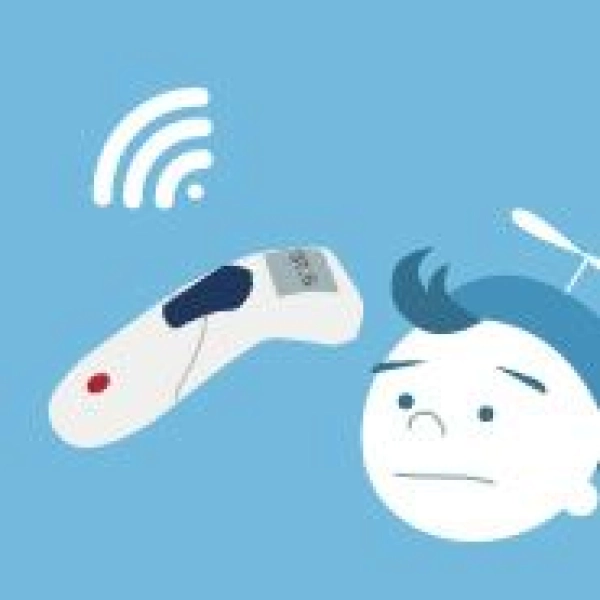Strains, sprains and bruises: discover the difference
Strains, sprains and bruises are some of the most frequent accidents we can stumble upon in daily life. Often, however, we are not sure how to set them apart and confuse a pulled muscle with a distortion. It’s not just a matter of vocabulary and labels: strains, bruises and sprains have different causes and – most importantly – require different remedies. Let’s find out what differences there are, and what to do in each case.










